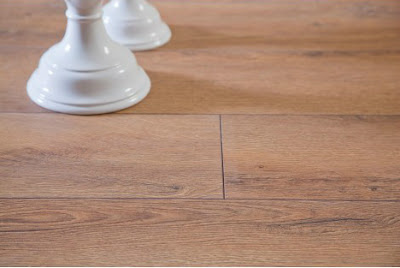Factors That Affect The Final Price Of Laminate Flooring Sale
Laminate Flooring started out as a cheaper alternative to real wood flooring, and it still is, in contrast to the solid and engineered wood flooring options. Whatsoever, laminates have come a long way, from being an “alternative” to a niche. In the past decade, manufacturers have successfully devised a wide range of products, with high-end features. So here’s a layout about the features and options that make it worth the price, and what you should opt for.
Laminate flooring is perhaps the most evolved synthetic flooring among its counterparts. And given the heightened usability, manufacturers like Quick Step, Haro, Parador Laminate Flooring and many others have given it their best shot at designing high performer models. But if you compare it from the yesteryears and till now, rationally, it is quite an expensive affair at times, despite the fact that they are lower priced than it’s more “original” versions or wood or even stone flooring. So what are the elements or features you should be paying for?
Deep Embossing
Deep embossing makes the floorboards more realistic and tolerant. With the embossing process the top coat of the lamination is embossed onto the layers beneath, instead of pasting it with adhesive, that was previously done. This process adds a new dimension to the aesthesis, and also brings with the properties of water resistance and anti-scratch properties. The end result gets the imitation of waves, grains and knots, that naturally occur in real wood. And also achieve the textures of variant styles like distressed look, rustic look, or even smooth and oiled surfaces. This process as well as the designing is worth a bill.
Thickness
Laminates are available between 8mm to 13mm on a standard frame. The thicker your floorboard is, the cheaper it gets, and vice versa. So for homes and small offices, its okay to go for a standard 10mm. That will come along in between AC rating 2 or 3. Which brings us to the next point.
AC Rating
Abrasion class (AC rating) is a classification system that tells how tough your laminates are, notably how tolerant it is to abrasion. The thickness of the planks do reflect on the AC rating. The greater the rating, the higher the price. But it also means the higher the performance and durability.
Underlayment
If you are getting laminate floors you will need an underlayment. So if you are buying with an attached or accompanying underlayment with the pack, then you are obviously up to pay the price a lot higher that it would cost you to buy just floorboards.
Added Features
The added features to go into the price for a laminate flooring, including water-proof coating, or sophisticated anti-skid, anti-scratch coating, plus click-and-lock and tongue-and-groove installation mechanisms also give you run make an impact on the price.
Brand Value
Finally, what adds to the highest bid is the brand value. If you purchase your floors from the local laminate flooring sale, it may cost you up to 30% less. However, with brand value comes heavy set warrantee and after sale service. Plus, there are factors of quality. When it comes to laminates, brand consciousness does pay in the long run, even though they are heavily priced.






Comments
Post a Comment